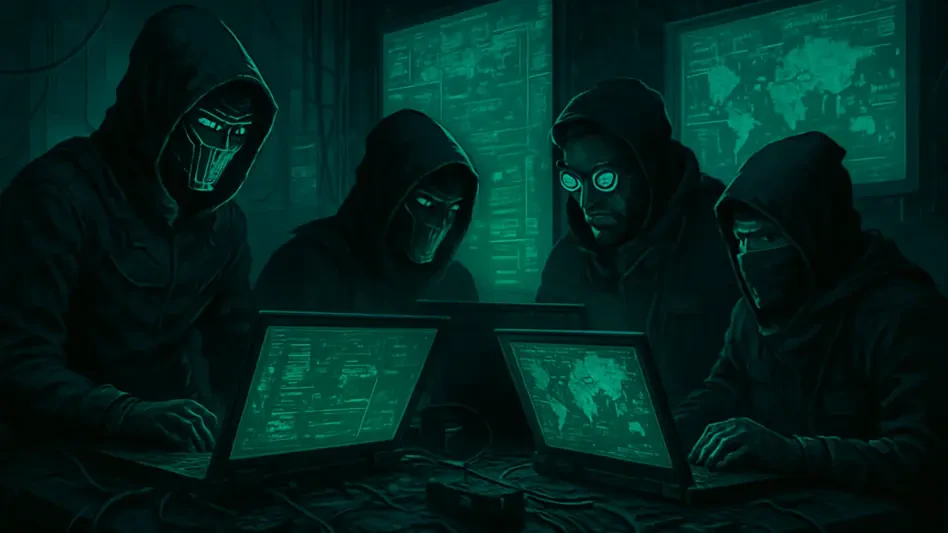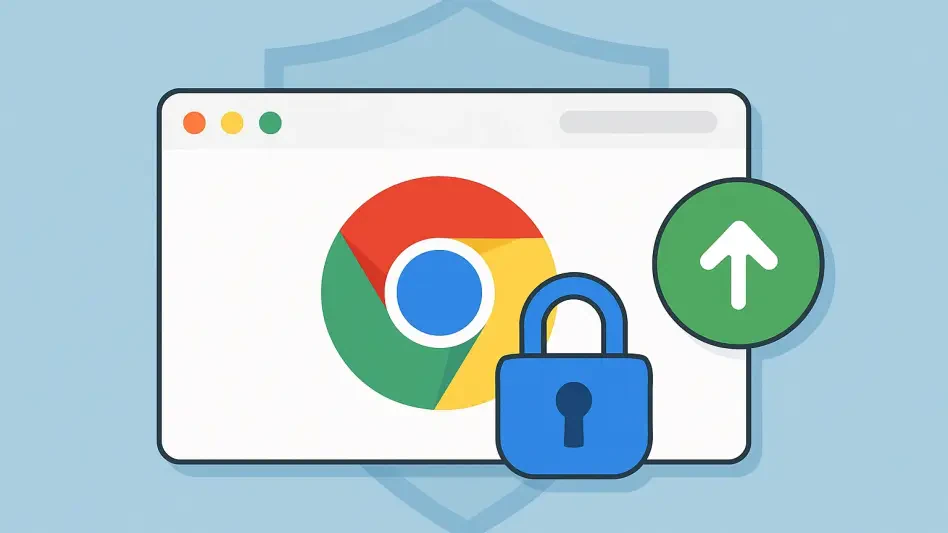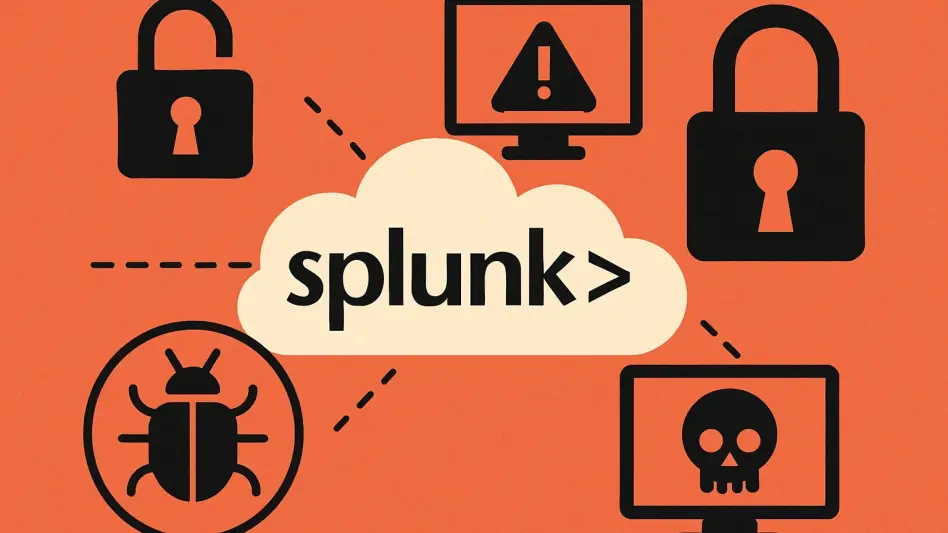In the cybersecurity landscape, a significant vulnerability affecting Linux users has come to light, drawing urgent attention from the U.S. Department of Homeland Security’s Cybersecurity and Infrastructure Security Agency (CISA). Designated as CVE-2024-53104, this zero-day vulnerability involves an out-of-bounds write in the Linux kernel and is being actively exploited by malicious actors. The primary concern surrounding this issue is its potential to allow attackers to execute arbitrary code or launch denial-of-service attacks, posing substantial risks to the systems running Linux.
Immediate Action Required to Mitigate Risks
CISA has highlighted the urgency of this issue by including CVE-2024-53104 in its Known Exploited Vulnerabilities Catalog, indicating that there is concrete evidence of active exploitation in the wild. This has prompted CISA to issue a binding operational directive (BOD 22-01), which mandates that federal agencies must patch their systems within a three-week timeframe. This directive underscores how critical it is for all organizations, not just federal entities, to prioritize remedial actions. Addressing this vulnerability is stressed as an essential step to safeguard against potential cyberattacks, regardless of the sector.
Furthermore, Google has already taken steps to address this vulnerability for Android users, underscoring its severity by noting its capability for “physical escalation of privilege” without needing additional execution privileges. This means that an attacker could gain unauthorized access to systems undetected, a scenario fraught with dangerous implications. Malicious actors could exploit this vulnerability to breach systems covertly, posing significant threats, especially to sensitive data and operations. These actions align with the broader trends of increasing vigilance and rapid response to security vulnerabilities across all major operating systems.
Urgency and Broader Implications
The overarching trend demonstrates a growing awareness and a heightened sense of urgency in proactively addressing security vulnerabilities. Timely updates and patches are now recognized as critical components in the ongoing battle against evolving cyber threats. Organizations worldwide are being called upon to integrate such practices into their standard vulnerability management protocols diligently. By doing so, they can mitigate the risks associated with high-severity vulnerabilities such as CVE-2024-53104, ensuring their systems are bolstered against potential breaches.
Notably, the CISA directive is not the first instance of an urgent security call to action but reflects an ongoing pattern of increasing cyber threats that demand swift responses. The inclusion of this vulnerability in the Known Exploited Vulnerabilities Catalog serves as a glaring reminder that the stakes in cybersecurity are higher than ever. Even as federal agencies rush to comply with the mandatory patching deadlines, private organizations and individual users must follow suit. Ensuring their Linux systems are up-to-date can be a decisive factor in preventing substantial damage from cyberattacks.
Ensuring Comprehensive Security
A major vulnerability impacting Linux users has emerged in the cybersecurity arena, prompting urgent action from the U.S. Department of Homeland Security’s Cybersecurity and Infrastructure Security Agency (CISA). Known as CVE-2024-53104, this zero-day vulnerability is related to an out-of-bounds write in the Linux kernel. Malicious actors are actively exploiting this flaw, which raises significant alarm. The most pressing issue with this vulnerability is its potential to enable attackers to execute arbitrary code on the affected systems or to initiate denial-of-service (DoS) attacks. These actions could result in substantial risks and disruptions to users and organizations relying on Linux systems. CISA is advocating for immediate patching and increased vigilance to mitigate potential threats. The discovery highlights the ongoing need for robust security measures and prompt responses within the cybersecurity community to protect against such vulnerabilities.







